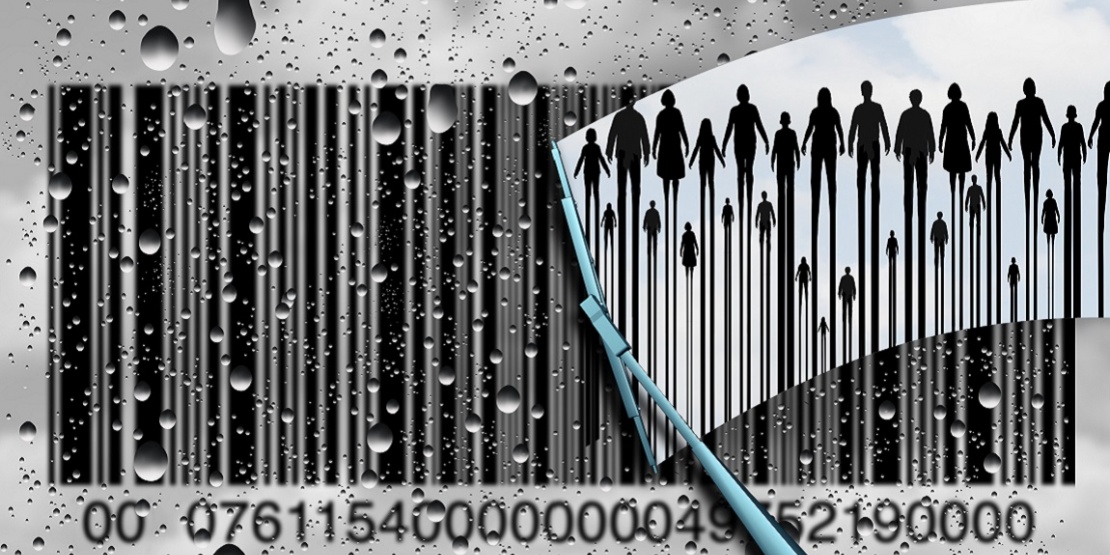Procurious is an influential network created by and for procurement and supply chain professionals. With the end of the year fast approaching, and as our environment, technologies, jobs and so on change at lightning speed, the network has been asking: what are the buying trends predicted for 2019? Based on an analysis of many documents published this year, here is a taster of the emerging topics in the world of purchasing.
1. Supplier management
Professionals in the sectors and audit firms have been forecasting it for some time. Whether it be AgileBuyer and the French National Procurement Council in their latest study or PwC in their articles, buyer-supplier relations are continuing to move towards a true partnership.
According to the AgileBuyer survey, most of the 600 professionals surveyed had taken action to strengthen the quality of their supplier relationship, especially by "selling" their needs to certain suppliers and giving them greater stimulus to work together. Being the suppliers' best customer is now a necessity!
No longer considered as mere service providers, suppliers are becoming increasingly involved in their customers' strategic decisions. They have now adopted a TCO (Total Cost of Ownership) management and driving innovation strategy. Their mission is to provide advice and support to optimise company purchasing and make it more competitive.
2. Blockchain and digitalisation
The Jaggaer study highlights one of the main challenges for purchasing departments: data control. Most respondents to the study had taken this into account and invested specifically with this in mind. The most advanced companies are even considering taking on digital assistants, including conversational assistants (52%), and adopting robotic processes (48%) and blockchain technology (30%).
A still unclear notion for some, blockchain allows information to be stored and shared safely and securely. Ernst & Young also observed that the development of this technology and the new level of transparency that it brings with it will bring the procurement function and CPOs (Chief Procurement Officers) to the fore in the public sphere.
However, purchasing departments still have huge room for improvement because, as again stated in the Jaggaer study, only 2% of businesses said they relied on intelligent technologies to improve their decision-making. The automation of low value-added tasks is now in full swing, but digitalisation hasn't yet been applied to the whole purchasing structure (employees, processes and technology).
3. CSR
Over the last few years, CSR (Corporate Social Responsibility) has become a procurement criterion in its own right. According to the AgileBuyer study, almost one in two buyers had CSR procurement targets. This trend is particularly noticeable in the public sector (76%), as public purchasing policies are based on European directives, and in large businesses with more than 5000 employees (59%), as their responsibility is scrutinised more closely and their larger workforces allow for it too.
In order to measure advances in this area, the ISO 20400 international standard barometer was recently created. The results are encouraging: after only coming into effect last February, 66% of respondents knew the standard by name and nearly two thirds of them had even taken applicable steps. But does knowing it really mean implementing it?
Despite respondents being well-informed, implementing policy in this regard is still not widespread everywhere. The ObsAR sustainable procurement barometer sheds light on the major hurdles encountered by procurement officers : a lack of clear performance indicators, a lack of internal expertise or training, contradictory purchasing vs business objectives and budgetary constraints.
4. New generation and automation
What with automation, artificial intelligence, machine learning on the horizon, these technologies are heralding major change in the professional world. Michael Page UK and Procurious recently asked around 600 purchasing professionals around the world of procurement in the year 2030. The first finding was almost unanimous: 92% of respondents thought that the profession would be radically different. Respondents also believed that 42% of their tasks could be automated in the future.
Additionally, Michael Page and Procurious highlighted four short and mid-term challenges for purchasing professionals:
- Improve and value the procurement function.
- Adopt and harness current and future technologies.
- Optimise data management through technologies.
- Continually adapt and develop your skills.
Together, these changes (task automation, valuing procurement etc.) would change purchasing professionals into strategic consultants.
5. Risk management
What with Brexit, protectionism, trade wars and so on, the risks are everywhere and they keep multiplying. According to Deloitte, the main risks that procurement departments face today are price volatility, payments, regulatory compliance, supply assurance and customer perception.
In light of these elements, together with the expectations and needs of organisations, purchasing departments are working on all fronts and are striving to meet mid-term cost management needs, while maintaining a long-term vision and being on the lookout for strategic opportunities. In this way, procurement has a crucial role to play: by relying on new technology, it will ultimately move towards strategic consulting.









